Home>Garden Essentials>How To Grind Sesame Seeds
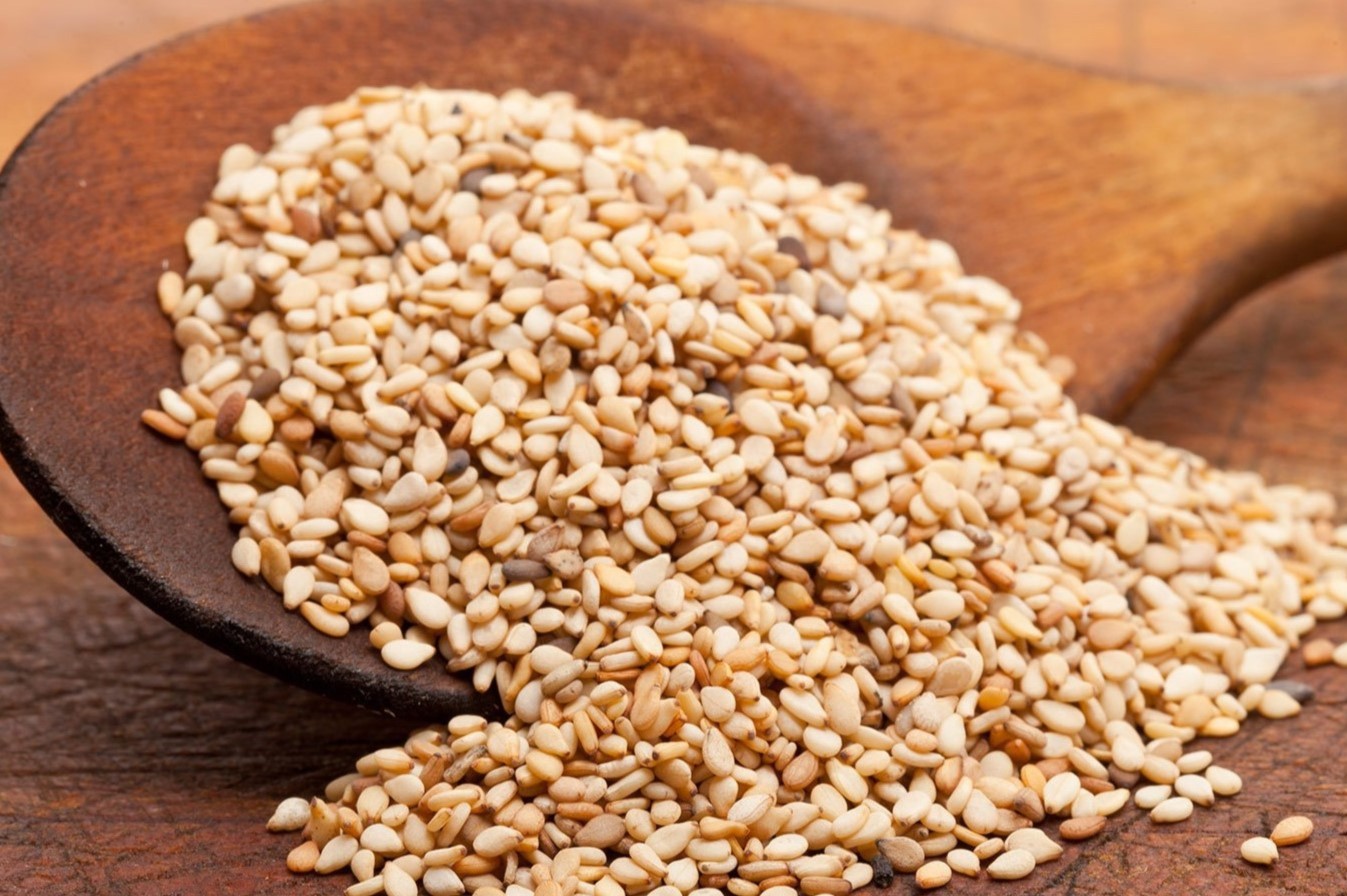

Garden Essentials
How To Grind Sesame Seeds
Modified: March 15, 2024
Learn the best techniques and tools for grinding sesame seeds in your garden. Enhance the flavor and nutrition of your dishes with freshly ground sesame seeds.
(Many of the links in this article redirect to a specific reviewed product. Your purchase of these products through affiliate links helps to generate commission for Storables.com, at no extra cost. Learn more)
Introduction
Welcome to the wonderful world of gardening! Whether you’re a beginner with a small backyard or an experienced green thumb with a sprawling garden, there’s something truly magical about growing your own plants and tending to nature’s bounty. From vibrant flowers to delicious fruits and vegetables, gardening allows us to connect with the earth, nurture life, and enjoy the beauty of the natural world.
In this comprehensive guide, we will explore various aspects of gardening, from selecting the perfect plants to maintaining a thriving garden. Whether you’re new to gardening or looking to enhance your existing skills, this article is designed to provide you with valuable insights and practical tips to make your garden flourish.
So, let’s dig in and get started on this gardening adventure!
Key Takeaways:
- Toasting sesame seeds before grinding enhances their flavor and makes them easier to grind. Use a dry skillet, stir continuously, and toast for 3-4 minutes until golden brown for best results.
- Properly store ground sesame seeds in an airtight container in a cool, dark place to maintain freshness. Use them within a few weeks for maximum taste and aroma.
Read more: How To Grind Cumin Seeds
Equipment and Ingredients
Before we begin our gardening journey, it’s important to have the right equipment and ingredients on hand. Here are some essential items that every gardener should have:
- High-quality gardening tools: Invest in durable and reliable gardening tools such as a sturdy shovel, a rake, a garden hose, pruning shears, and a trowel. These tools will come in handy for various gardening tasks.
- Premium soil: Good soil is the foundation of a healthy garden. Make sure to use nutrient-rich soil that is well-draining and suitable for the type of plants you want to grow.
- Seeds or seedlings: Depending on your preferences, you can start your garden by either planting seeds directly into the soil or purchasing seedlings from a local nursery. Remember to choose plants that are well-suited to your climate and gardening conditions.
- Fertilizers and compost: To provide your plants with the necessary nutrients, consider using organic fertilizers or creating your own compost heap. Compost adds valuable nutrients to the soil and improves its overall health.
- Gardening gloves: Protect your hands from thorns, prickly plants, and dirt by investing in a good pair of gardening gloves. This will make working in the garden more comfortable and prevent any potential injuries.
These are just a few basic items to get you started. As you progress on your gardening journey, you may discover additional tools and ingredients that suit your specific needs and preferences.
Step 1: Toasting the Sesame Seeds
Toasting sesame seeds before grinding them not only enhances their flavor but also makes them easier to grind. Follow these simple steps to toast the sesame seeds:
- Place a dry skillet or frying pan over medium heat.
- Add the sesame seeds to the pan, spreading them out in a single layer.
- Continuously stir the seeds with a wooden spoon or spatula to prevent them from burning.
- Toast the seeds for about 3-4 minutes until they turn golden brown and release a nutty aroma.
- Remove the pan from heat and transfer the toasted sesame seeds to a plate or a bowl to cool down.
It’s important to note that toasting times may vary depending on the heat level and the amount of sesame seeds being toasted. Keep a close eye on them to avoid burning and adjust the heat as needed.
Once the toasted sesame seeds have cooled down, they are ready to be ground into a fine powder.
Step 2: Grinding the Sesame Seeds
Now that you have toasted sesame seeds, it’s time to grind them into a fine powder. Follow these steps to achieve the desired consistency:
- Choose a suitable grinding method: There are several methods you can use to grind sesame seeds. One popular option is to use a coffee grinder or a spice grinder. If you don’t have either of these, you can also use a mortar and pestle.
- Add the toasted sesame seeds to the grinder: Depending on the size of your grinder, you may need to grind the seeds in batches. Make sure not to overload the grinder as this may affect the grinding process.
- Grind the seeds until you reach the desired consistency: Start by pulsing the grinder a few times to break down the seeds. Then, continue grinding in short bursts until you achieve a fine powder. Be patient and avoid over-grinding, as this may release oil from the seeds.
- Check the texture: Once you have ground the sesame seeds, examine the texture to ensure it’s smooth and powdery. If there are any larger particles, consider grinding them a bit more.
Remember, the grinding process may take some time and experimentation to find the perfect consistency. Feel free to adjust the grinding time and method to suit your preferences.
Once the sesame seeds are ground to your satisfaction, they are now ready to be stored and used in various recipes.
Use a mortar and pestle or a spice grinder to grind sesame seeds. Grind in small batches to prevent overheating and achieve a fine consistency.
Step 3: Storing the Ground Sesame Seeds
After grinding the sesame seeds into a fine powder, it’s important to store them properly to maintain their freshness and flavor. Follow these steps to store your ground sesame seeds:
- Allow the ground sesame seeds to cool: After grinding, let the powder cool down completely before transferring it to a storage container. This will prevent any moisture buildup.
- Select an airtight container: Choose a clean, dry, and airtight container to store the ground sesame seeds. Glass jars with tight lids or resealable plastic bags work well for this purpose.
- Label the container: To avoid confusion, label the container with the date of grinding and the contents. This will help you keep track of the freshness of the ground sesame seeds.
- Store in a cool and dark place: Place the container in a cool, dry, and dark location, such as a pantry or a kitchen cabinet. Avoid exposure to direct sunlight or excessive heat, as this can affect the flavor and quality of the sesame seeds.
Properly stored ground sesame seeds can stay fresh and flavorful for several months. However, it’s best to use them within a few weeks for maximum taste and aroma.
Remember to check the ground sesame seeds for any signs of spoilage, such as unusual odors or discoloration. If you notice any changes, it’s safer to discard them and grind a fresh batch.
Now that you have perfectly ground sesame seeds, let’s explore some tips on using them in your culinary creations.
Read more: How To Grind Annatto Seeds
Tips for Using Ground Sesame Seeds
Ground sesame seeds are a versatile ingredient that can add a nutty and rich flavor to a variety of dishes. Here are some tips to help you make the most of your ground sesame seeds:
- Sprinkle on salads and roasted vegetables: Add a sprinkle of ground sesame seeds to salads, roasted vegetables, or stir-fries to enhance their flavor and visual appeal. They can also provide a delightful crunch to your dishes.
- Use in marinades and dressings: Incorporate ground sesame seeds into your marinades and dressings for an extra layer of flavor. They can bring a toasty and savory element to your homemade sauces.
- Bake into bread and pastries: Consider adding ground sesame seeds to your bread and pastry recipes for a delightful twist. They can lend a subtle nuttiness to your baked goods and elevate their taste.
- Create a dipping sauce: Combine ground sesame seeds with soy sauce, rice vinegar, and a touch of honey or ginger to create a delicious dipping sauce for sushi, dumplings, or grilled meats.
- Add to smoothies and desserts: For a nutritious boost, sprinkle ground sesame seeds into your smoothies or incorporate them into your desserts, such as cookies, cakes, or energy bars.
Remember to experiment with the quantity of ground sesame seeds to achieve the desired flavor profile in your recipes. Start with a small amount and gradually adjust according to your taste preferences.
Additionally, ensure that your ground sesame seeds have been properly stored to maintain their freshness and flavor. Use them within a reasonable time frame to fully enjoy their taste and nutritional benefits.
With these tips, you’re ready to explore the culinary possibilities of ground sesame seeds and elevate your dishes to new heights!
Conclusion
Congratulations! You have now learned how to grind sesame seeds and incorporate them into your cooking endeavors. Gardening is a rewarding and fulfilling hobby that allows you to connect with nature, nurture plant life, and enjoy the beauty of the natural world.
By following these steps, you can unleash the full potential of sesame seeds and create delicious dishes that are rich in flavor and texture. From toasting the sesame seeds to grinding them into a fine powder, each step plays a crucial role in enhancing their taste and aroma.
Remember to invest in high-quality gardening tools, premium soil, and organic fertilizers to create the optimal conditions for your plants to thrive. Enjoy the process of nurturing your garden, from planting seeds or seedlings to harvesting the fruits of your labor.
Whether you’re a seasoned gardener or just starting your gardening journey, the knowledge and skills you have gained will empower you to create and maintain a beautiful garden. As you continue to experiment and explore, you’ll discover new techniques, plants, and recipes that will add to the joy of gardening.
So, roll up your sleeves, put on your gardening gloves, and let your green thumb work its magic. Get ready for a world of color, fragrance, and delectable flavors as you embark on this garden adventure. Happy gardening!
Frequently Asked Questions about How To Grind Sesame Seeds
Was this page helpful?
At Storables.com, we guarantee accurate and reliable information. Our content, validated by Expert Board Contributors, is crafted following stringent Editorial Policies. We're committed to providing you with well-researched, expert-backed insights for all your informational needs.
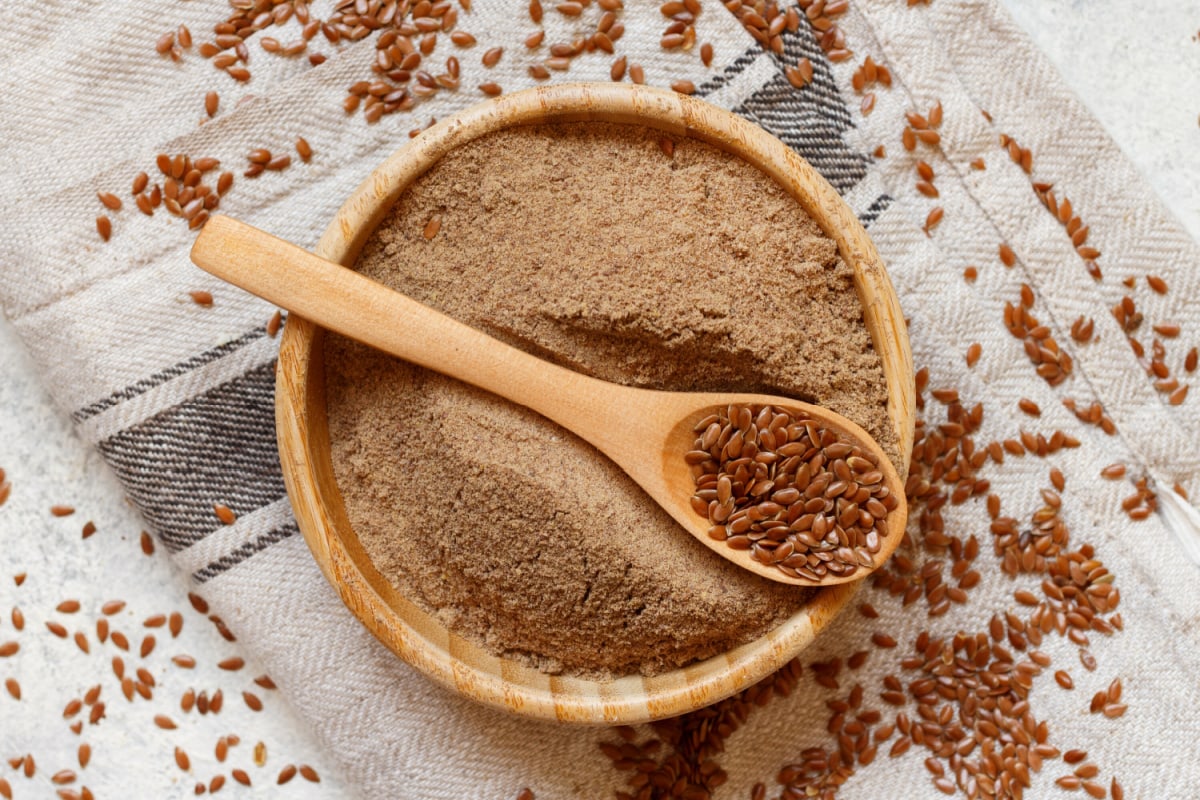
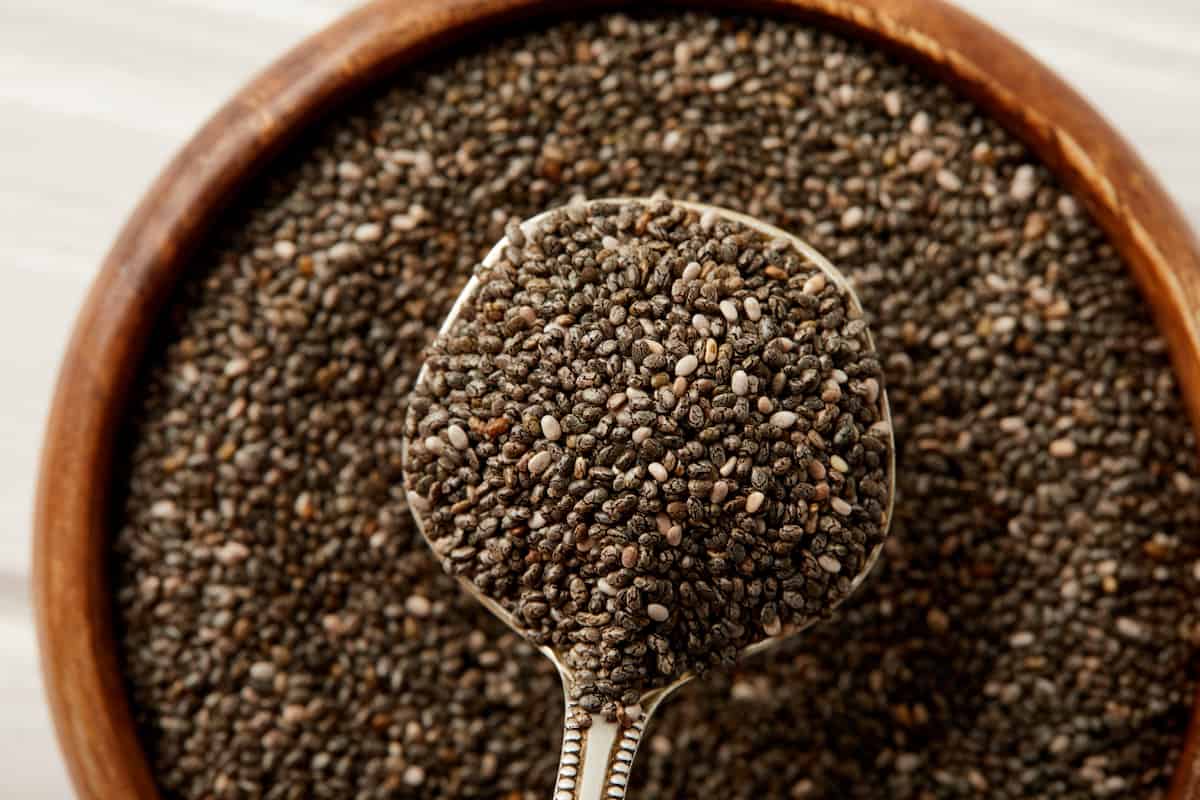
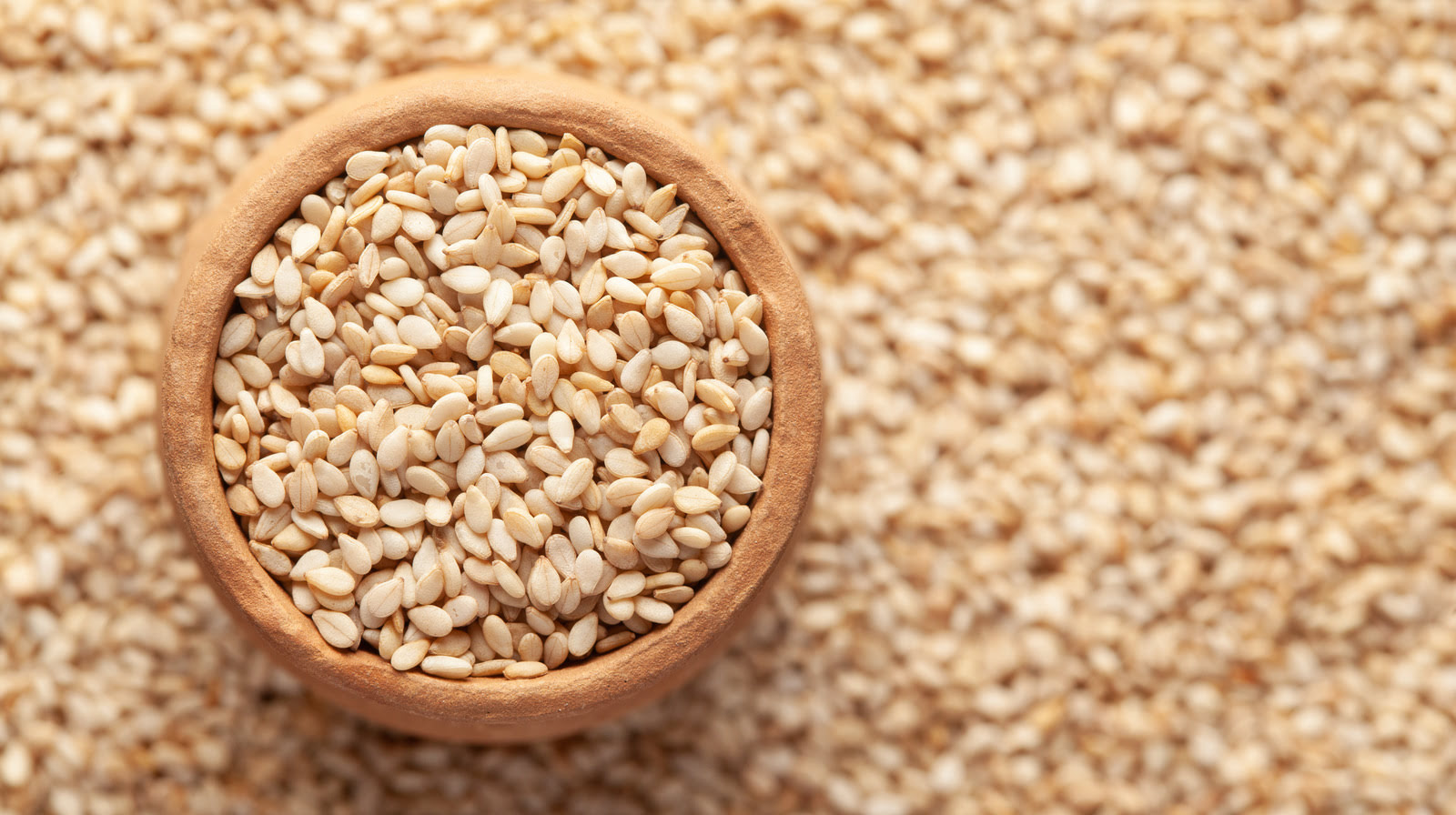
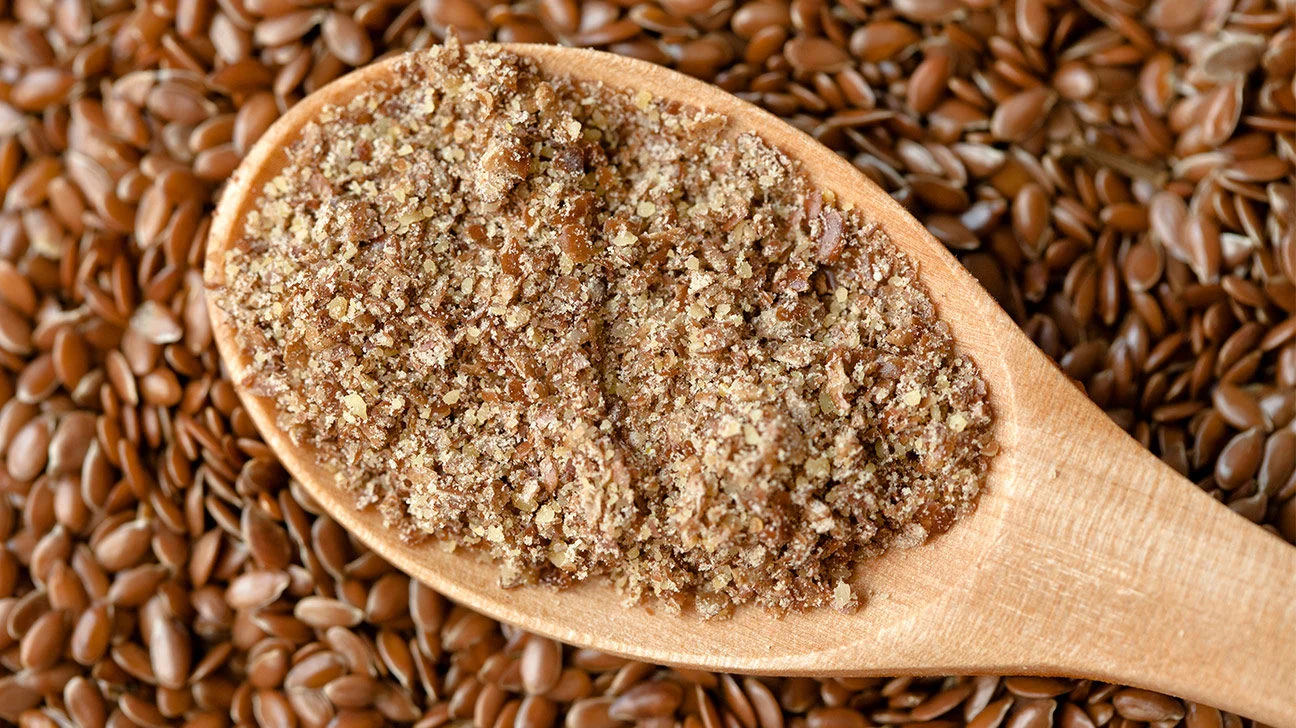
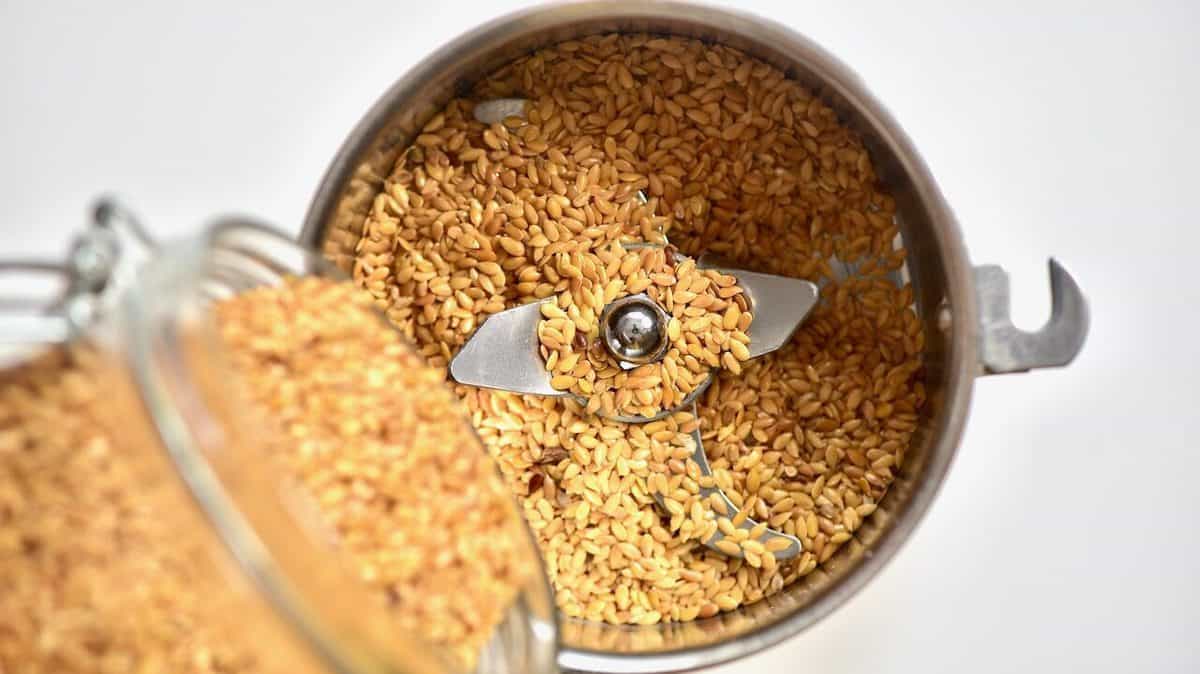

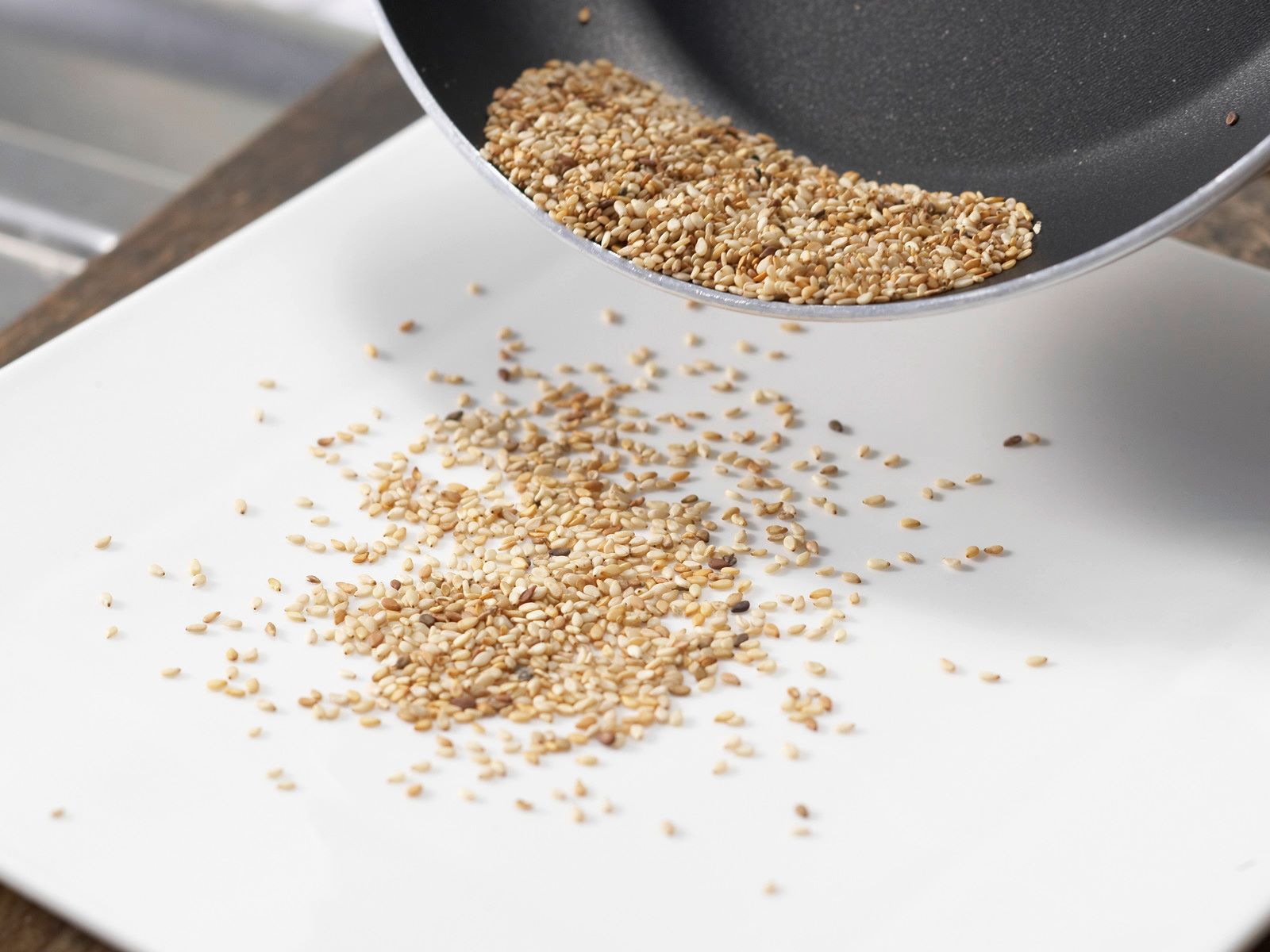
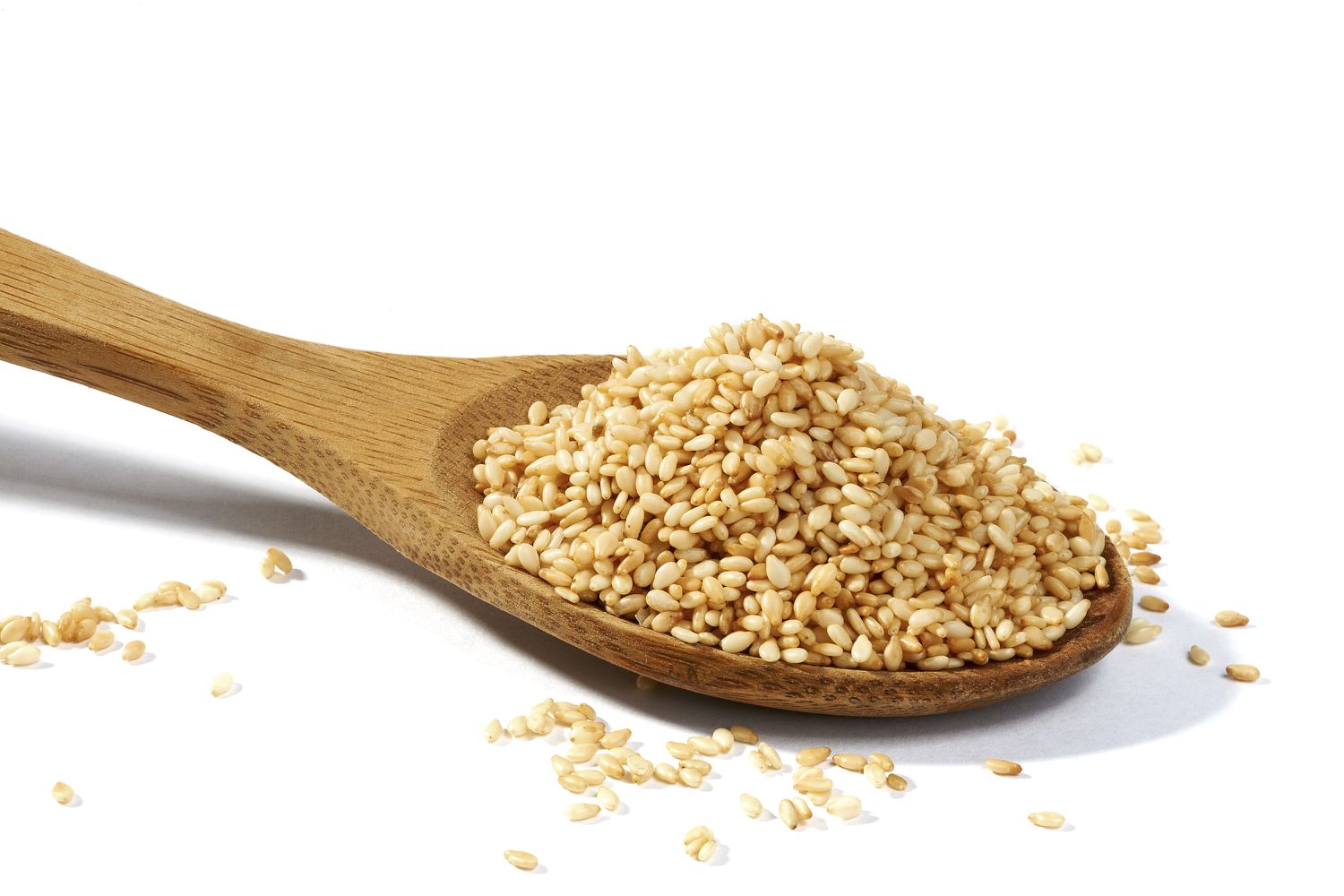
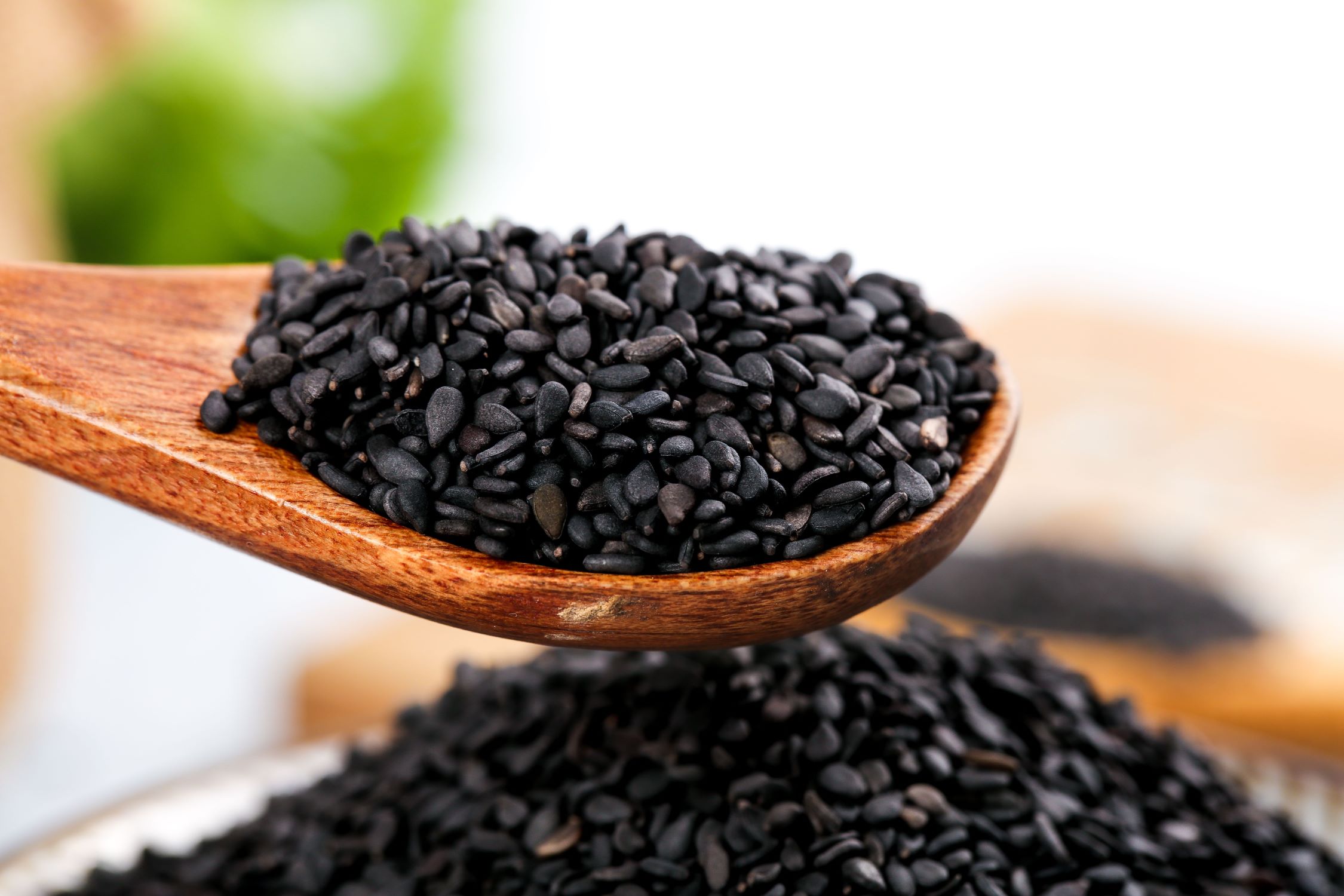
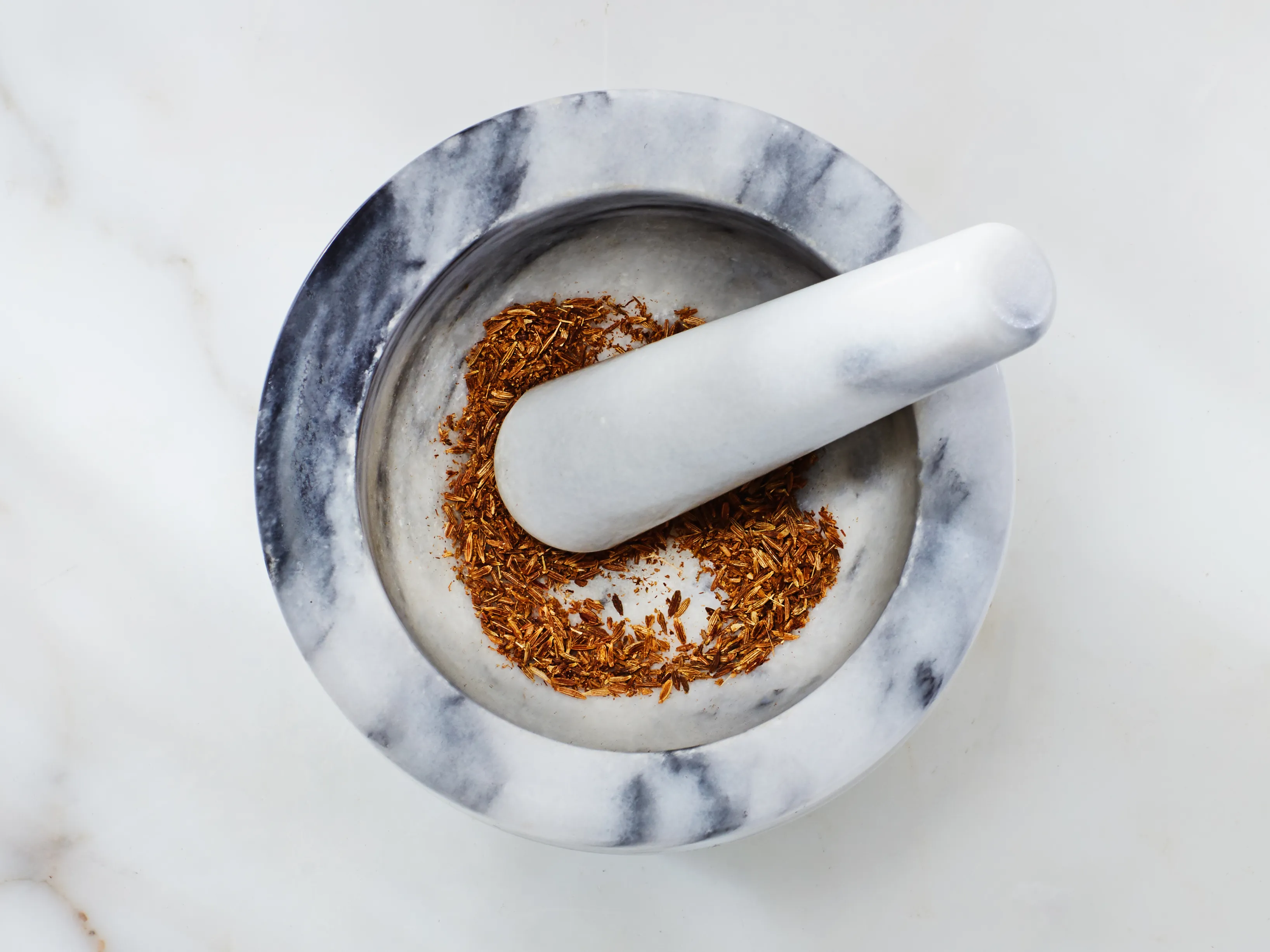
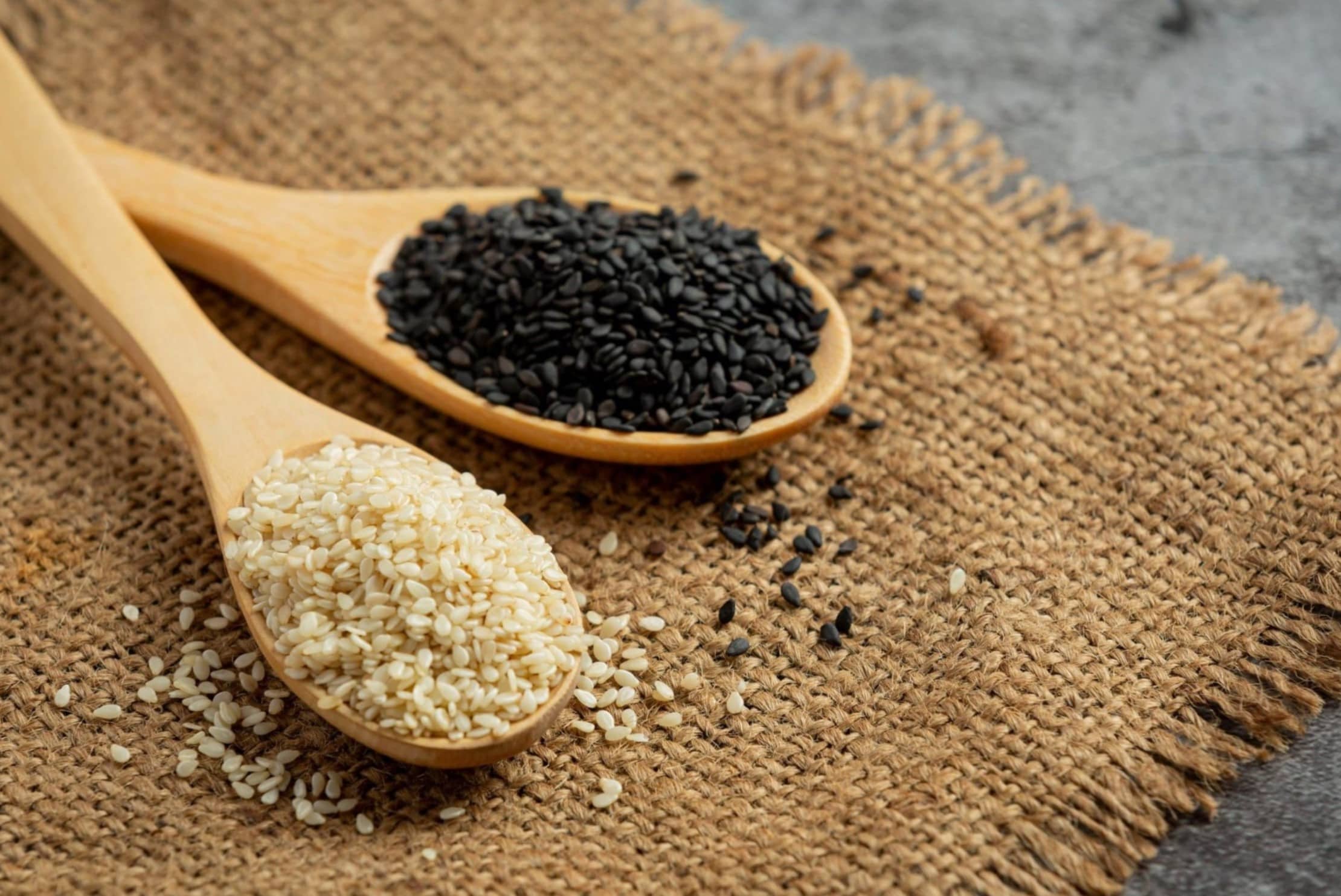
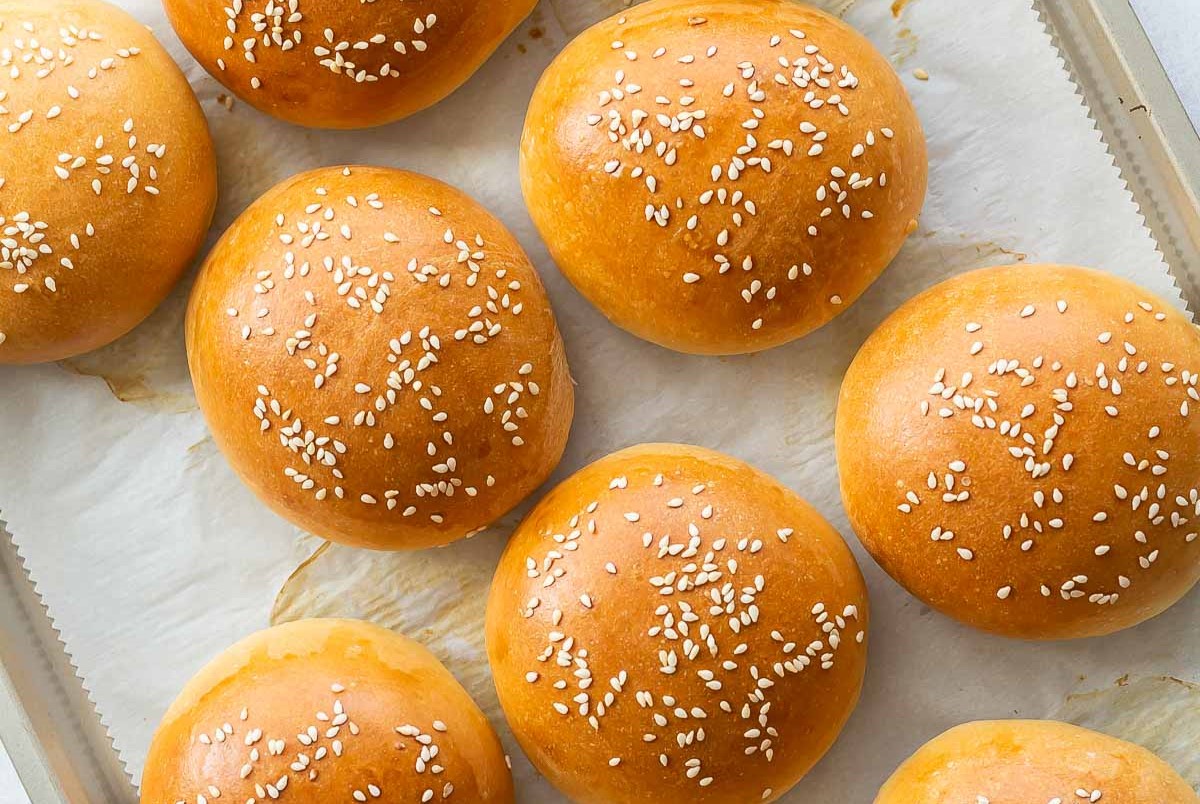
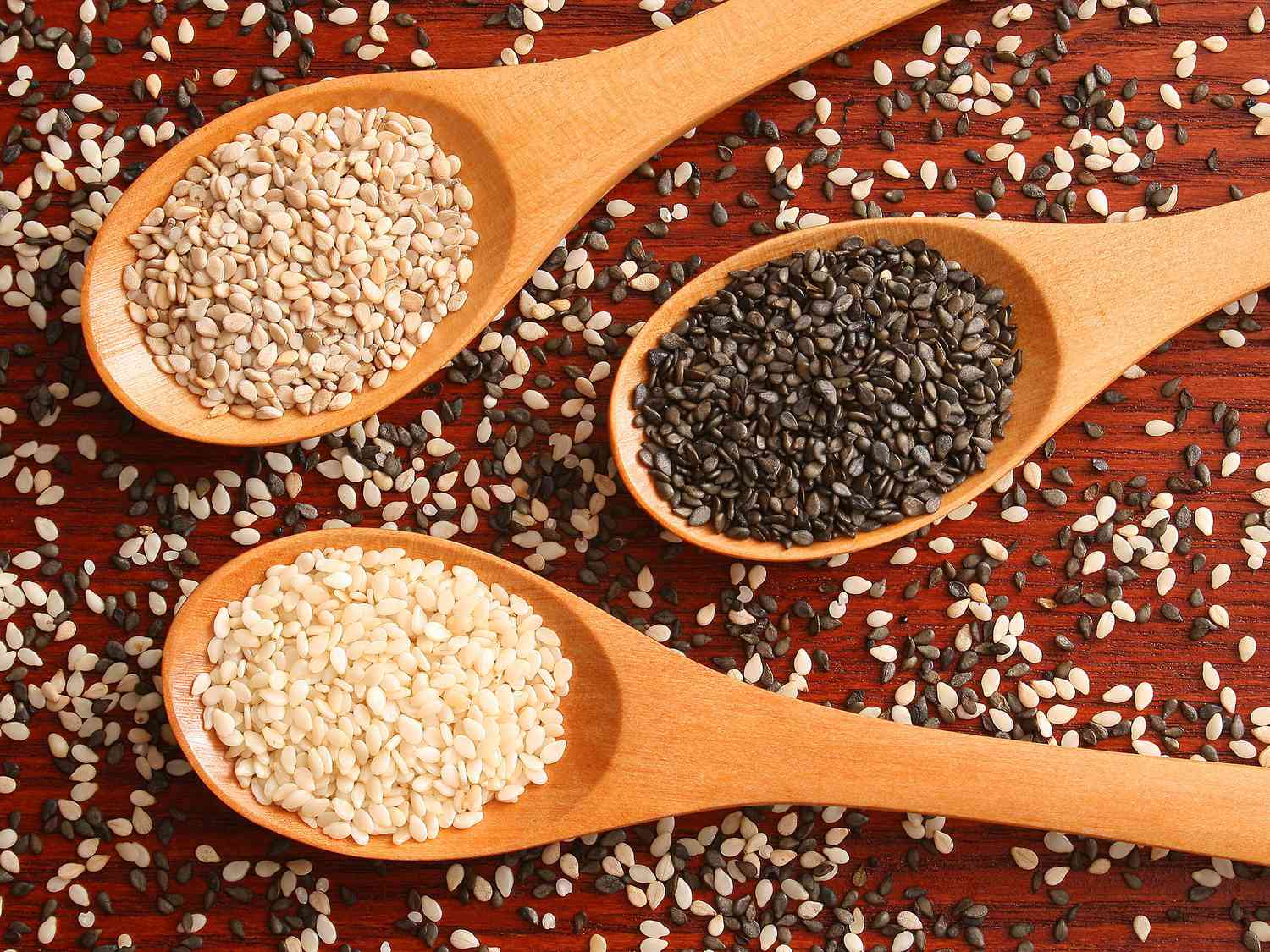
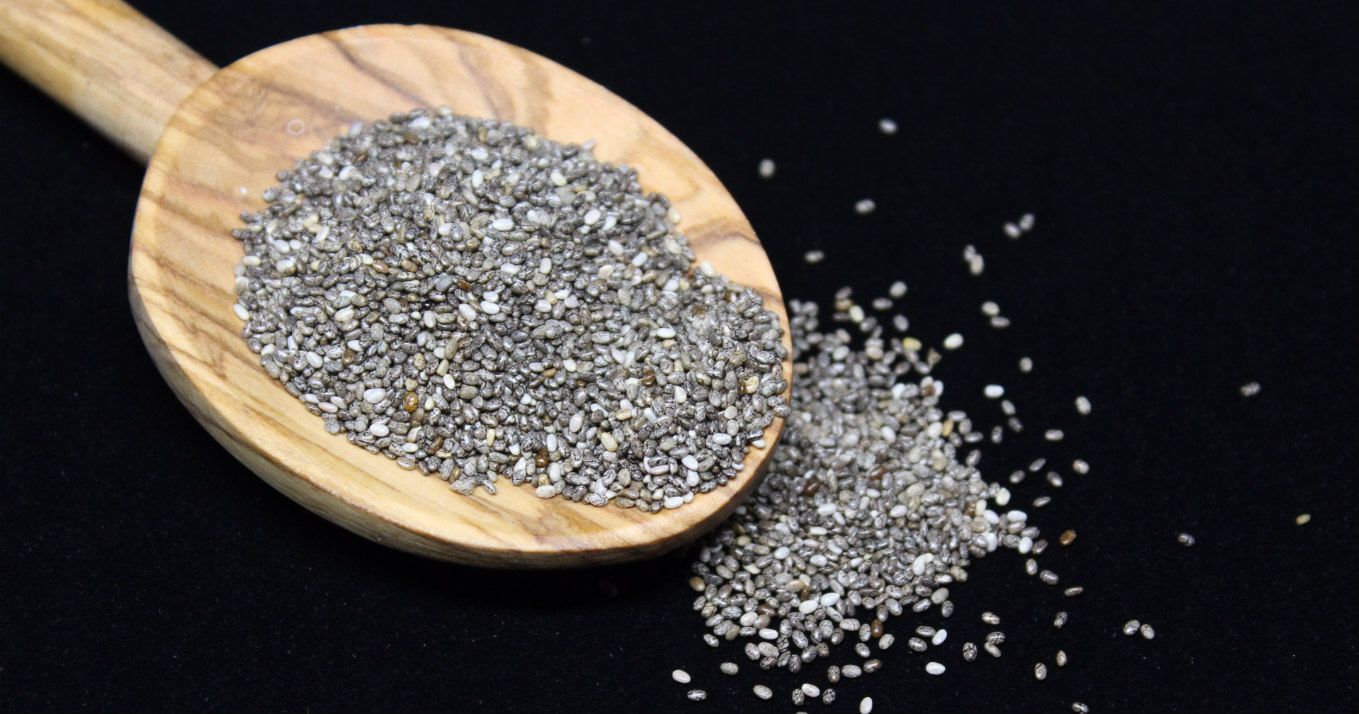

0 thoughts on “How To Grind Sesame Seeds”